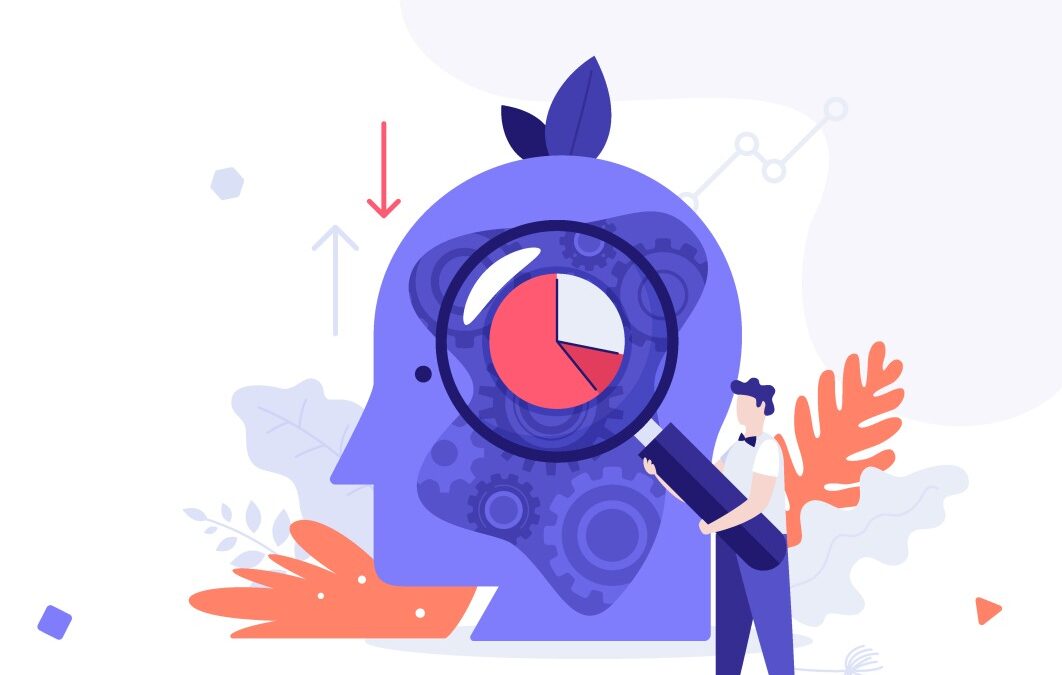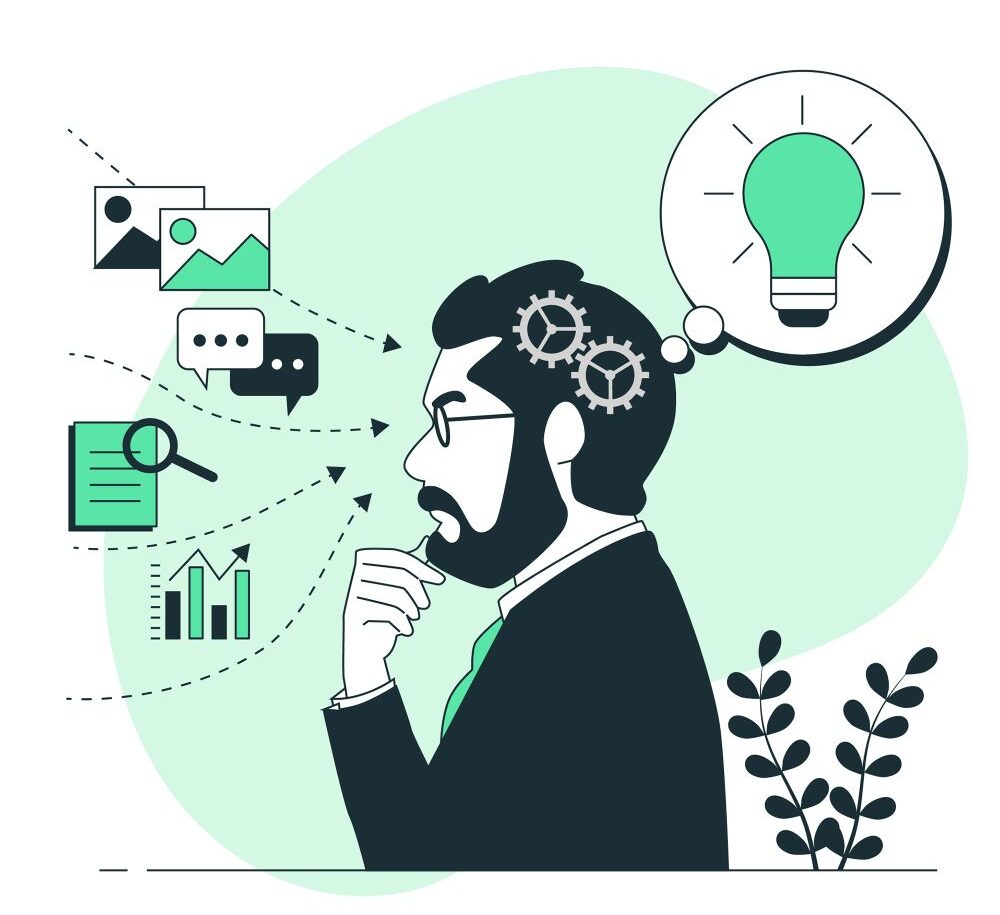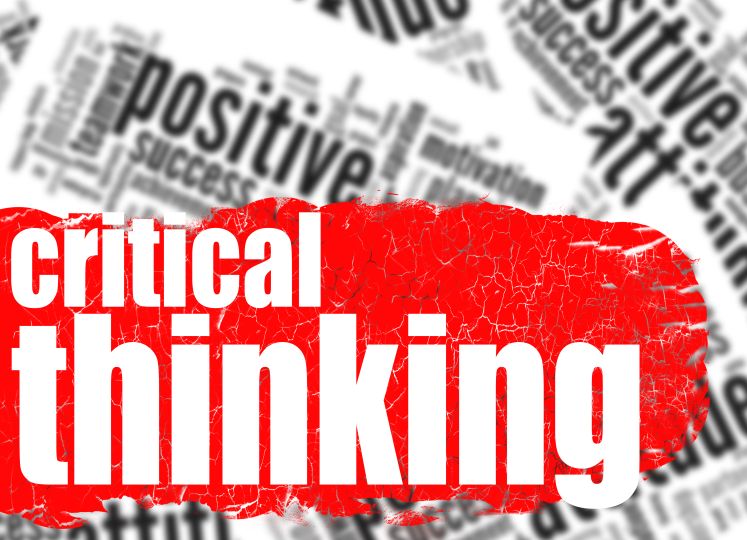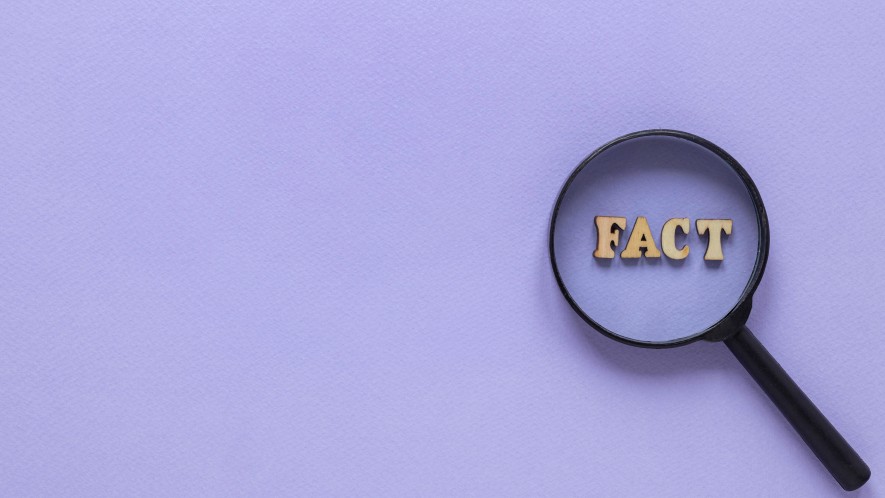As working professionals, we are often called upon to solve problems. But what is the best way to go about doing that? Should we just try to think of the first solution that comes to mind? Or should we take a more systematic approach?
The answer, of course, is that it depends on the situation. Sometimes, you will need to think quickly and come up with a solution on the fly. But other times, you will need to take a step back, evaluate the situation, and come up with a more reasoned and well-thought-out solution.
In short, you will need to use both analytical and critical thinking. But what is the difference between the two? And how do they fare against each other? Let’s take a closer look.
What is Analytical Thinking?
Analytical thinking is a mental process of breaking down complex problems or issues into smaller, more manageable pieces. It involves identifying the problem, gathering information, evaluating the evidence, and developing a solution.
Analytical thinking skills are important for success in school, work, and life. When faced with a problem, analytical thinkers take the time to understand it fully before taking action. They ask questions, consider different perspectives, and weigh all the options before making a decision.
Analytical thinkers also have good problem-solving skills and are able to see both sides of an issue. As a result, they are often able to find creative solutions to difficult problems.
Whether you’re trying to solve a complex business problem or just figure out the best way to get from point A to point B, analytical thinking can help you find the answers you’re looking for.
What is the Process of Analytical thinking?
The analytical thinking process typically involves four steps: gathering information, identifying the problem, generating possible solutions, and choosing the best solution. Of course, this is not an exhaustive list – different people may have different analytical thinking processes – but these four steps provide a general overview of how analytical thinking works.
Anything that can be broken down into smaller component parts can be analyzed using analytical thinking. This means that analytical thinkers can be found in a wide variety of fields, from engineers to accountants to programmers.
In general, analytical thinkers are good at spotting patterns and discerning relationships between different pieces of information. They often think in a logical, step-by-step fashion and enjoy untangling complex information. If you find yourself constantly asking “why” or “how,” chances are you have a strong analytical mind for solving problems.
Key Features of Analytical Thinking
Analytical thinking involves breaking down complex problems or issues into smaller, more manageable pieces. It involves identifying the various components of a problem and then determining how they relate to one another. The goal of analytical thinking is to provide a clear and concise understanding of the issue at hand.
There are four key features of analytical thinking: breaking things down, identifying relationships, looking at multiple perspectives, and finding creative solutions.
The first step in analytical thinking is breaking down the problem or issue into smaller parts. This helps to identify the various elements that need to be addressed. Once the problem has been broken down, the next step is to identify the relationships between the various components. This helps to understand how the different parts of the problem are interconnected.
Another important aspect of analytical thinking is looking at multiple perspectives. It’s important to consider all sides of an issue in order to make an informed decision. Finally, once all the information has been gathered and analyzed, it’s time to find a creative solution that meets the needs of all parties involved.
Analytical skills are a powerful tool that can be used to solve complex problems. By breaking things down, identifying relationships, and looking at multiple perspectives, it’s possible to find innovative solutions that everyone can agree on.
What is Critical Thinking?
Critical thinking is a type of higher-order thinking that analyzes information and arguments to reach a conclusion. It involves breaking down information into smaller parts, identifying flaws and strengths, and then using that knowledge to make a well-informed decision.
Critical thinking is an important skill to have in all aspects of life, from personal relationships to professional success. However, it is especially important in the field of education. Students who can think critically are better able to understand complex concepts, make connections between ideas, and draw conclusions based on evidence.
As a result, they are more successful in school and in their future careers. Critical thinking methods are not only about finding the right answer; it’s also about questioning assumptions, justifying decisions, and analyzing different points of view. In short, it’s a way of thinking that leads to more successful outcomes.
Do you want to use both analytical and critical thinking to grow your business?
Contact Growth Hackers
What is the Process of Critical Thinking?
Most people engage in some form of critical thinking every day, even if they don’t realize it. When you’re making a decision, whether it’s what to eat for breakfast or whether to accept a new job, you’re using critical thinking.
The critical thinking process involves taking information and assessing it in order to make a judgment or reach a conclusion. This sounds simple enough, but there’s a lot that goes into critical thinking.
First, you have to be able to identify the issue or problem at hand. Then, you need to gather all relevant information about the issue. This can involve research, observation, and personal experience. Once you have all the information, you need to weigh the pros and cons, consider different perspectives, and make a decision.
Critical thinking skills are crucial to have in all aspects of life. They can help you make better decisions, solve problems more effectively, and think creatively. And while it might not always be easy, with some practice, anyone can become a better critical thinker.
Key Features of Critical thinking
Critical thinking involves the use of logic to separate fact from opinion, evaluate arguments, and make decisions. It also involves analyzing information and identifying any inconsistencies or errors. There are four key features of critical thinking: reflection, analysis, interpretation, and evaluation.
Reflection is the ability to step back and look at an issue from different perspectives. This includes considering all sides of an argument and looking at an issue from multiple angles.
Analysis is the process of breaking down information into smaller parts in order to better understand it. This may involve identifying the main ideas, supporting evidence, and identifying any flaws or weaknesses in an argument.
Interpretation is the process of making sense of information. This includes understanding the meaning of information and putting it into context.
Evaluation is the process of making judgments about the quality of something. This includes assessing the merits of an argument and deciding whether it is valid or not.
Critical thinking is an essential skill in today’s fast-paced world. It allows us to make better decisions, identify false claims, and see both sides of every issue. By developing our critical thinking skills, we can improve our decision-making abilities and better solve problems.
Analytical thinking vs Critical thinking
The ability to think analytically is highly prized in many professions. After all, analytical thinking skills are essential for jobs that require problem-solving, attention to detail, and the ability to make objective decisions.
However, critical thinking is also an important skill to have. Unlike analytical thinking, which focuses on facts and details, critical thinking involves taking a more global perspective. It involves looking at the bigger picture, considering different points of view, and thinking outside the box.
As a result, critical thinkers are often better able to see the potential implications of a situation and find creative solutions.
Both analytical and critical thinking skills are important in many professional contexts. However, which one is more important will vary depending on the job. For some positions, being able to think analytically is key, while for others, being able to think critically may be more important.
Either way, developing strong thinking skills will give you an advantage in any field.
Here are a few key differences between critical thinking and analytical thinking.
Purpose
The purpose of analytical thinking is to ferret out the information that is relevant to solving a problem and then apply logic to arrive at a solution. In contrast, the purpose of critical thinking is to go beyond simply identifying the information that is relevant to a problem; it also involves evaluating that information to determine whether it is accurate and reliable.
In addition, critical thinking entails questioning assumptions and testing hypotheses in order to arrive at conclusions that are well-reasoned and supported by evidence.
In sum, analytical thinking is focused on solving problems, while critical thinking is focused on identifying and evaluating the information that is relevant to solving problems.
Usage of Facts
In analytical thinking, the usage of facts is focused more on description and understanding of what is happening. Facts are used to support claims and help build an understanding of the problem at hand.
In critical thinking, the usage of facts is focused more on evaluation and judgment. Facts are used to critically examine claims and evaluate different solutions. both types of thinking require the ability to use facts effectively, but the focus is different.
Analytical thinking is more about understanding the situation, while critical thinking is more about evaluating the situation.
Implement critical and analytical thinking strategies today!
Thought Process
Analytical thinking is a more cognitive process that involves breaking down information into smaller parts in order to understand it more clearly. In contrast, critical thinking is more focused on making judgments and evaluating information.
It’s important to note that both styles of thinking are important and effective in different situations. For example, analytical thinking might be more useful when trying to solve a complex mathematical problem, while critical thinking might be more helpful when considering whether or not to invest in a new business venture.
Final Thoughts on Analytical Thinking vs Critical Thinking – The Guide
There’s no denying that analytical and critical thinking are important skills to have. After all, they’re both essential for solving problems and making decisions. However, there is a key difference between the two.
Analytical thinking is focused on gathering data and information, while critical thinking goes a step further to evaluate that information and draw conclusions. In other words, analytical thinking is about understanding what is happening, while critical thinking is about understanding why it’s happening.
As the business landscape continues to digitalize, it’s more important than ever for companies to have a sound understanding of analytical and critical thinking strategies. That’s where Growth Hackers comes in.
We’re a globally successful digital marketing agency that specializes in helping businesses implement analytical and critical thinking strategies. We offer full marketing services, from website design and development to social media management and email marketing.
If you’re looking for a partner that can help you take your business to the next level, contact Growth Hackers today. We’ll be happy to provide a free consultation and customized quote based on your specific needs.









2 Comments
Thanks for info. Exactly what I needed.
Very good info, thanks.